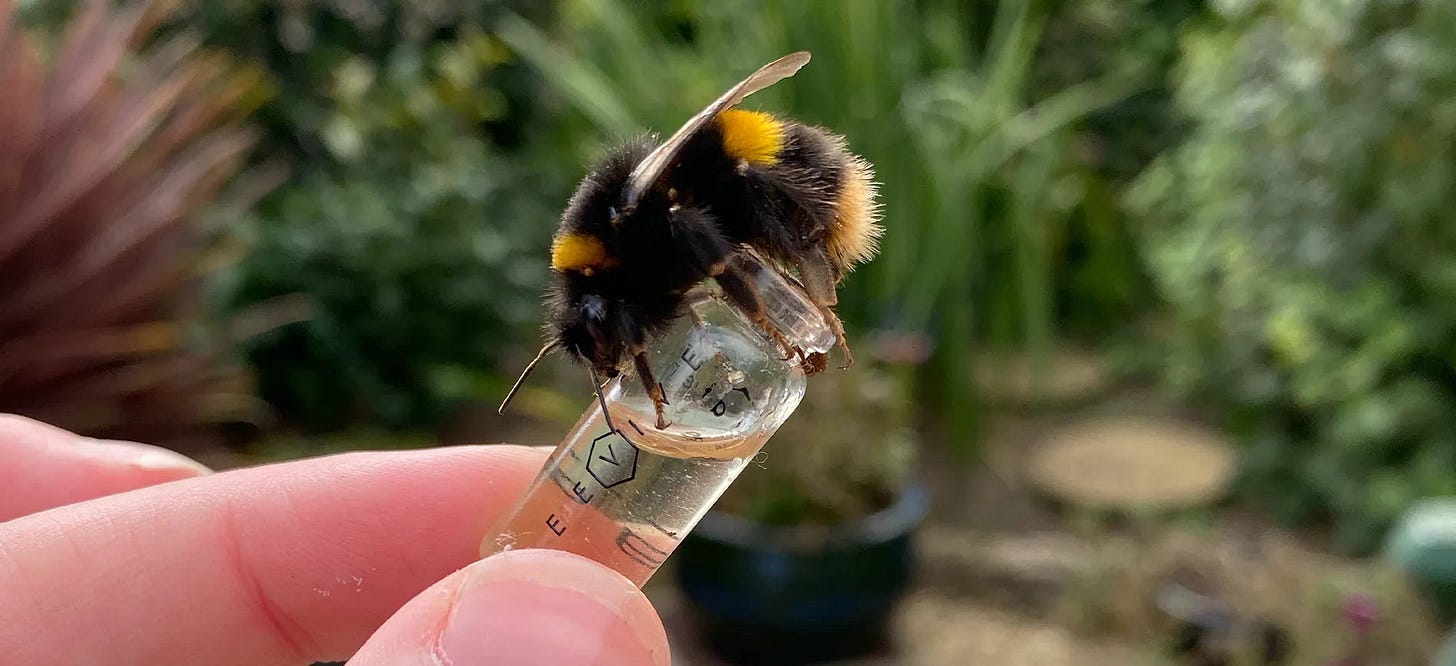The project:
I am creating a database to give students an insight into different career paths with information on what the career is like, and how they might test their fit. Here is an example of what such a profile might look like: AI Safety technical research first steps.
I think young EAs not knowing their fit for various careers leads them to ruling out options too early or leads them to procrastinate on making progress in their career plan because it seems too difficult.
I also think this is something of a blindspot in existing EA resources. 80k usefully described the idea of a “ladder of tests” here, but I think it could be supplemented well with concrete examples of what those tests might look like for different career paths.
What you can do to help:
You can fill in this form to give me input on how others can test their fit for your career path. All questions are optional, feel free to just answer those you have immediate thoughts on. https://forms.gle/8zPAzZy9fC7Yvz3s9
Alternatively you can email me here to offer any thoughts or arrange a meeting: callum.evans@sjc.ox.ac.uk
You can also share this post with any colleagues or contacts who you think might be interested in contributing.
Getting input and insight from people in high impact careers is naturally crucial to creating useful and accurate guidance for whether people are a good fit. I am looking for any contributions from people here about their career path - I want to get a diverse range of careers and so if you think any young EAs might be interested in pursuing your career, then I think it will be useful to cover.
I think this project has a lot of potential value in providing some guidance to those considering different career paths and improving the pipeline to different positions. Any help would be greatly appreciated. I am also open to meta advice if you have any thoughts on how this project might best be done either for your specific career or generally, especially if you have tried a similar thing before.




Updates on this?